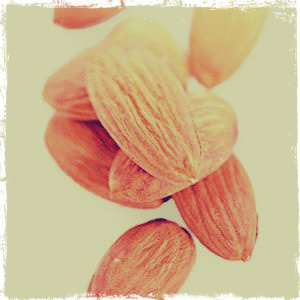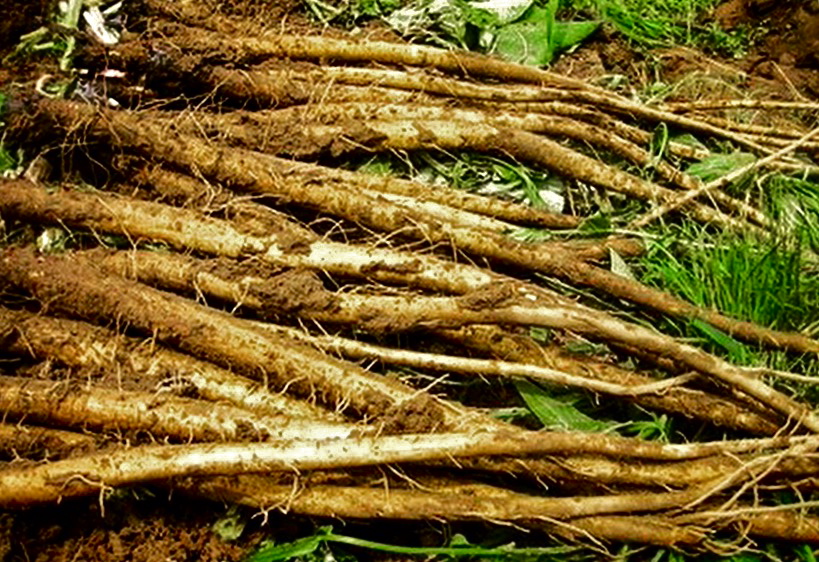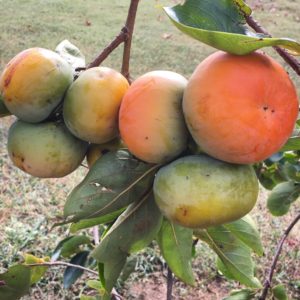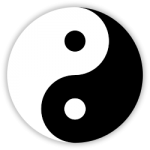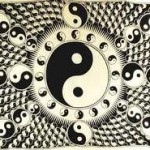Why We Need A Substitute
Undoubtedly, you have heard the true story behind milk products; of enslaving animals, keeping mothers continually lactating by inseminating them to perpetuate lactation, and then stealing the babies away who would then suckle the milk made by their mothers for them. This statement is not an exaggeration and no part of it engenders a product fit for human consumption. In this day of awareness, how can we lessen the suffering in the world by our actions? And how can we continue not to? Every small kindness builds to become part of the solution, benefiting others and ultimately, oneself. Animal derived milk has a density that is not suitable to humans, engendering phlegm dampness turbidity that accumulates in the body and contributes to a myriad of disease conditions, a large category of which are known in the West as food allergies. A good nut milk recipe and switching from animal sources is one such simple, compassionate way with far-reaching benefits.

Photo Credit Healthista
The ‘Actions’ of Food and Why Almonds Are So Beneficial
In Chinese dietary practice, the overall properties and energetics of foods are always considered rather than individual constituents and compounds of nutrients. Foods have a direction they encourage Qi to move and channels they have affinity for, as well as seasons and conditions for which they are most suited. Almonds, as an example, are ‘sweet’ and ‘neutral’ in flavor and thermal property, entering the lung and the large intestine channels. Almonds moisten the lungs, treat panting and shortness of breath, and free the flow in the intestine to amend constipation due to factors of dryness.
Why to Soak Almonds Nuts
Like grains, nuts contain phytic acid which serves as a defense to deter predators and thus allows a plant to grow to fruition. Soaking nuts helps to neutralize enzyme inhibitors and rid phytic acid, enabling digestion and absorption of nutrients in the nut. Once nuts have been soaked in warm water the skins are also more easily peeled off. Adding a small amount of salt while soaking helps further in neutralizing enzyme inhibitors, removing tanic acid, and accumulated traces of dust. It is not recommended to reuse residual water from the soaking process.

Nut milks in boxes have a lot of carbs, sugars, and contain thickeners. If the nuts are not soaked, which likely they are not, there is phytic acid. A box is better agribusiness than supporting the animal milk industry, and healthier, but homemade nut milk is simple to make and of excellent quality ingredients, so you know what you are getting.
![]()
2 cups skinless Almonds, Macadamia, Walnuts, etc.
3 Tablespoons of Raw Honey
1 teaspoon of Vanilla Extract
1 teaspoon of Almond Extract
1 teaspoon Sea Salt (optional)
Warm filtered or spring Water
![]() • Soak almonds overnight in warm water then pour off excess water and process to a smooth paste in a food processor.
• Soak almonds overnight in warm water then pour off excess water and process to a smooth paste in a food processor.
• In a 2 quart glass container mix this almond/nutty paste with the other recipe ingredients and enough filtered water to fill the container.
• At this point if you have a nut milk bag or cheese cloth put this mixture into the nut bag or cheese cloth. Allow the nut mixture in the bag to sit in the refrigerator for 2 hours before squeezing the liquid from the nuts.
• Cover the milk in a glass or earthenware container and transfer to the refrigerator.
Makes 2 quarts • Shake before serving • Drink at room temperature Use nut milks as you would animal derived milk, the consistency may require variation, and substitutions to suit individual tastes are encouraged.

Please share your results and this post.
Healthful Best Wishes to All!
![]()
